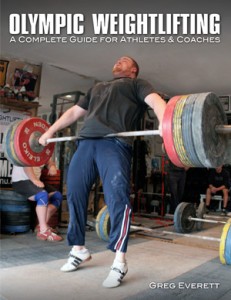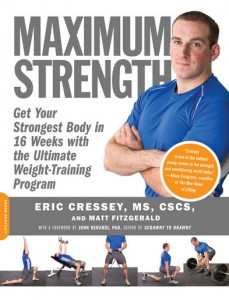One of the longer standing arguments in the field of strength training has to do with the definition of training intensity. Various training camps define training intensity differently and this invariably leads to arguments where each group is talking across one another.
In my opinion, most of the arguments are simply an example of people using the same words to describe different concepts and I don’t see any real reason for there to only be a single definition of intensity that can be valuable in the weight room. In fact, by using various definitions, I think that training can be more accurately described.
Intensity of Load
Arguably the first definition of intensity came from sports scientists and coaches (especially Olympic lifting coaches) trying to define and measure things relevant to them. In this case it meant defining intensity as the percentage of maximum load that was being used.
In this scheme, a 75% load (e.g.… Keep Reading

